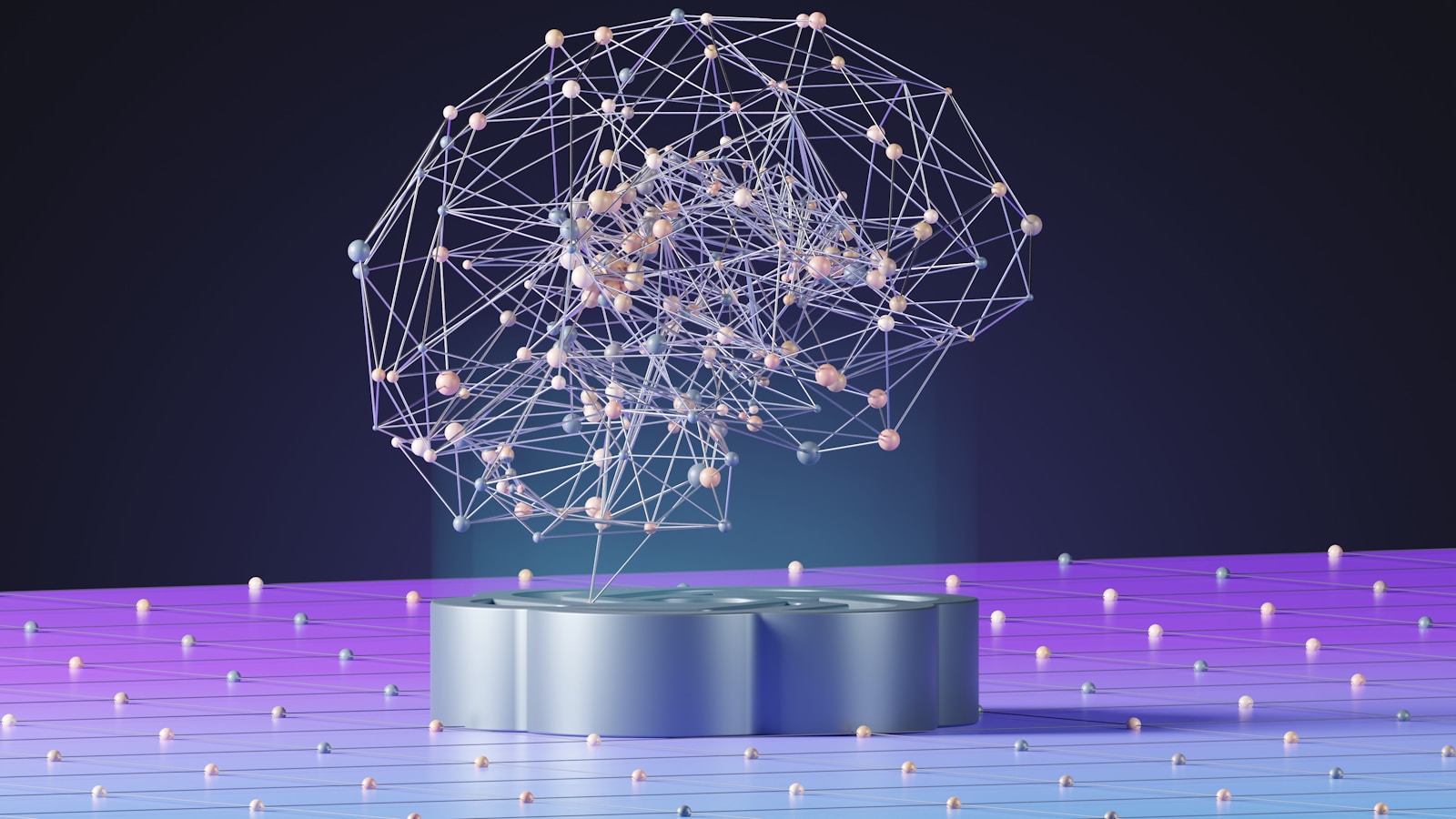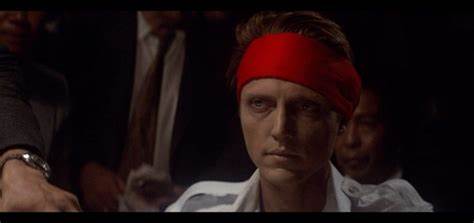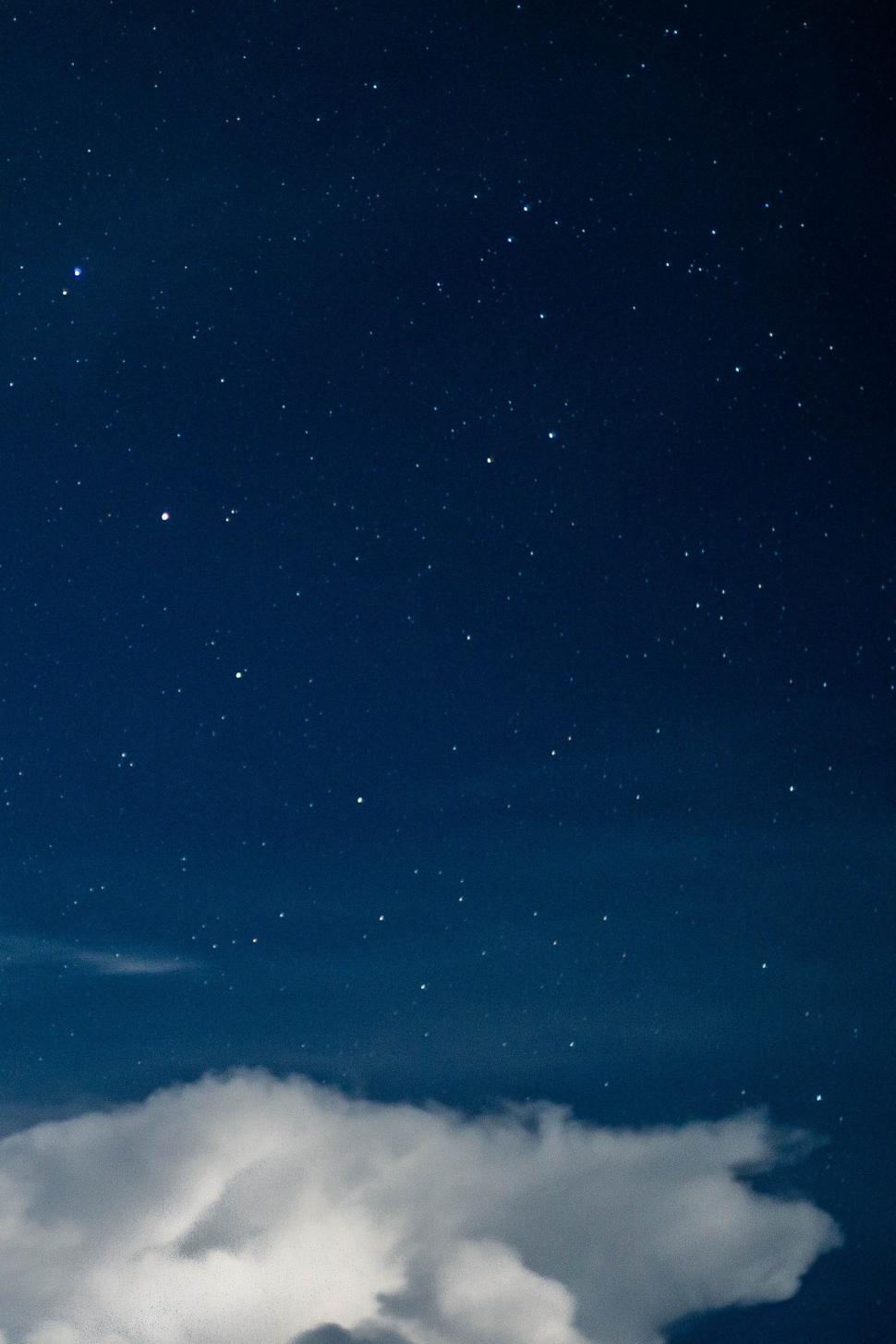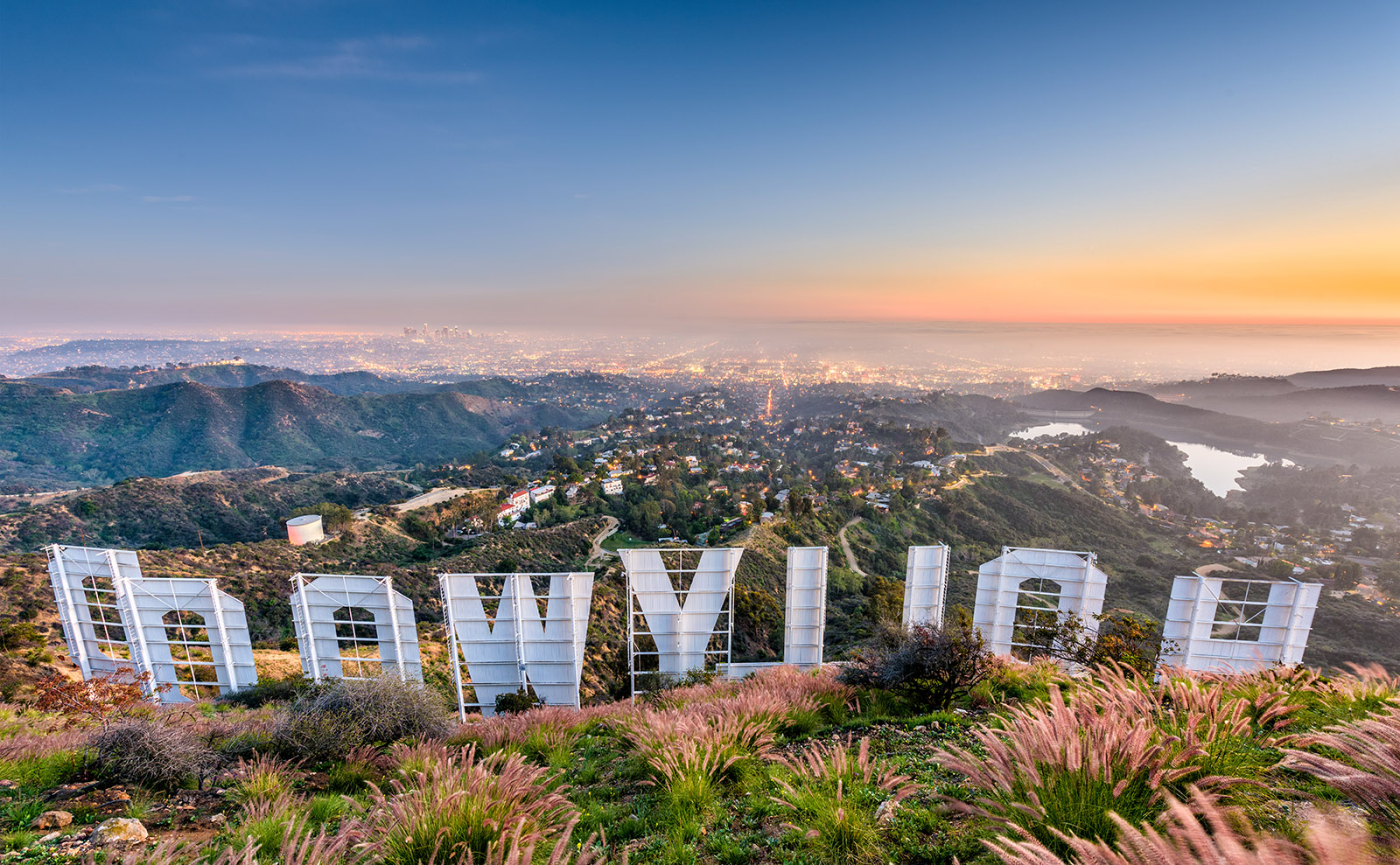
The magic of Hollywood lies in its ability to transport us to fantastical worlds, filled with impossible feats and heart-stopping action. We cheer as heroes leap from exploding buildings, gasp as cars careen through city streets, and marvel at death-defying showdowns. Yet, behind every breathtaking sequence, there’s a truth far more profound and visceral than any special effect: the absolute, undeniable reality of human courage, skill, and genuine fear. These are the moments when performers aren’t merely acting; they’re truly living on the edge.
For decades, the unsung heroes of the silver screen – our dedicated stunt performers – have been the backbone of cinematic spectacle, risking life and limb to make the unbelievable believable. Their incredible dedication has given us countless iconic scenes, pushing the boundaries of what’s possible in filmmaking. But their world, a blend of meticulous planning and raw physical danger, is now at a critical juncture, facing an existential shift as artificial intelligence rapidly integrates into every facet of the film industry.
Today, we’re diving deep into the exhilarating, yet perilous, world of real stunt work. We’ll explore the immense challenges, the rigorous training, and the genuine fear that underpins these electrifying performances. More than just a look behind the curtain, this is an exploration of the human element that AI struggles to replicate, revealing why, despite technological advancements, the heart and soul of a human stunt performer remain irreplaceable.

1. **Living on the Edge: The Adrenaline Rush of Real Stunt Challenges**Real stunt work isn’t just a job; it’s a high-stakes game where performers literally live on the edge, pushing physical and mental limits to deliver unparalleled cinematic moments. From death-defying leaps off towering structures to intricately choreographed car chases that defy gravity, each stunt is a calculated risk that demands precision, unparalleled skill, and an unwavering set of nerves. The thrill isn’t solely for the audience glued to their screens; it’s an intrinsic part of the experience for every professional immersed in this world.
The adrenaline rush, often mistaken for mere bravado, is actually a crucial component, sharpening senses and honing focus in moments where a split-second decision can mean the difference between triumph and disaster. It’s a profound connection to the moment, demanding absolute presence and an innate understanding of physics, timing, and body mechanics. This isn’t a game of pretend; it’s a dance with danger where the stakes are unequivocally real.
This inherent risk is what lends an authentic, visceral impact to the scenes we witness. Audiences subconsciously perceive the genuine peril, connecting with the raw physicality and the human vulnerability on display. This authenticity is a powerful, irreplaceable element that elevates storytelling beyond mere visual effects, grounding the narrative in a tangible reality that resonates deeply. It’s the heartbeat of every action sequence.
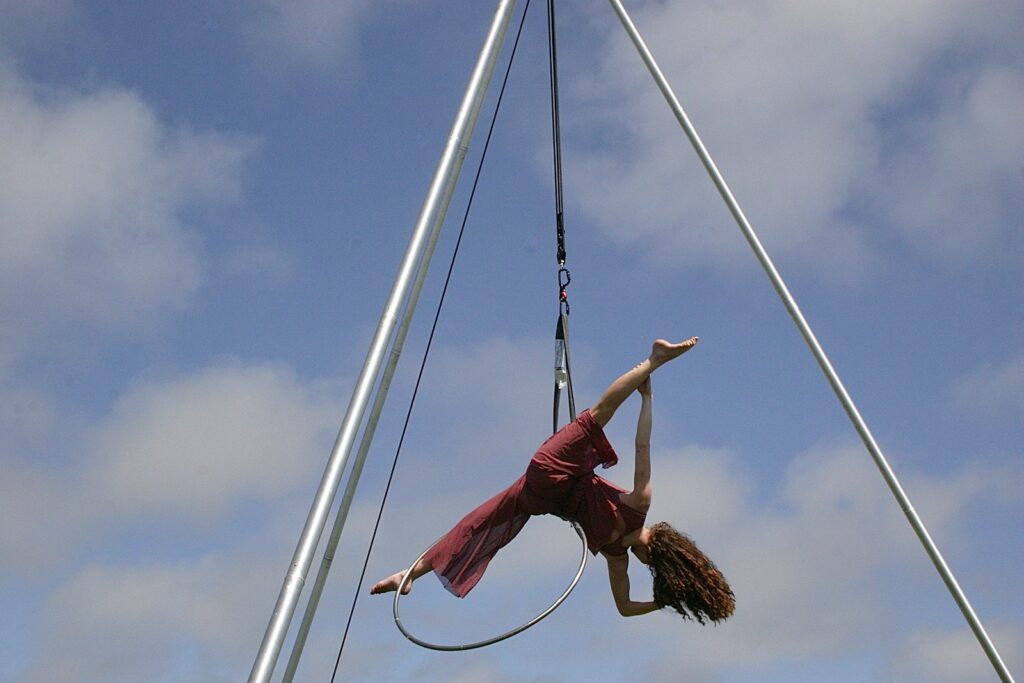
2. **Rigorous Training: The Crucible of Becoming a Stunt Performer**Behind every seemingly effortless flip, every explosive crash, and every harrowing fall lies a foundation built upon years of rigorous training. The journey to becoming a seasoned stunt performer is a true crucible, transforming aspiring individuals into highly specialized athletes with a diverse array of extraordinary skills. This isn’t just about looking tough; it’s about mastering an extensive repertoire that ensures safety and precision.
The demands are relentless and all-encompassing. Aspiring stunt professionals dedicate themselves to intense regimens that include martial arts training, advanced acrobatics, gymnastics, high falls from dizzying heights, and specialized driving skills. Each discipline builds upon the last, forging a performer capable of adapting to almost any cinematic challenge. This meticulous preparation is what allows them to perform feats that seem impossible to the untrained eye.
This crucible ensures that when the cameras finally roll, performers aren’t simply acting out a dangerous scenario. Instead, they are embodying the character and the action with a level of proficiency that minimizes risk while maximizing impact. Their bodies are finely tuned instruments, capable of executing complex sequences with grace under pressure, making them integral to bringing heart-pounding sequences to life in a way that mere CGI cannot replicate.
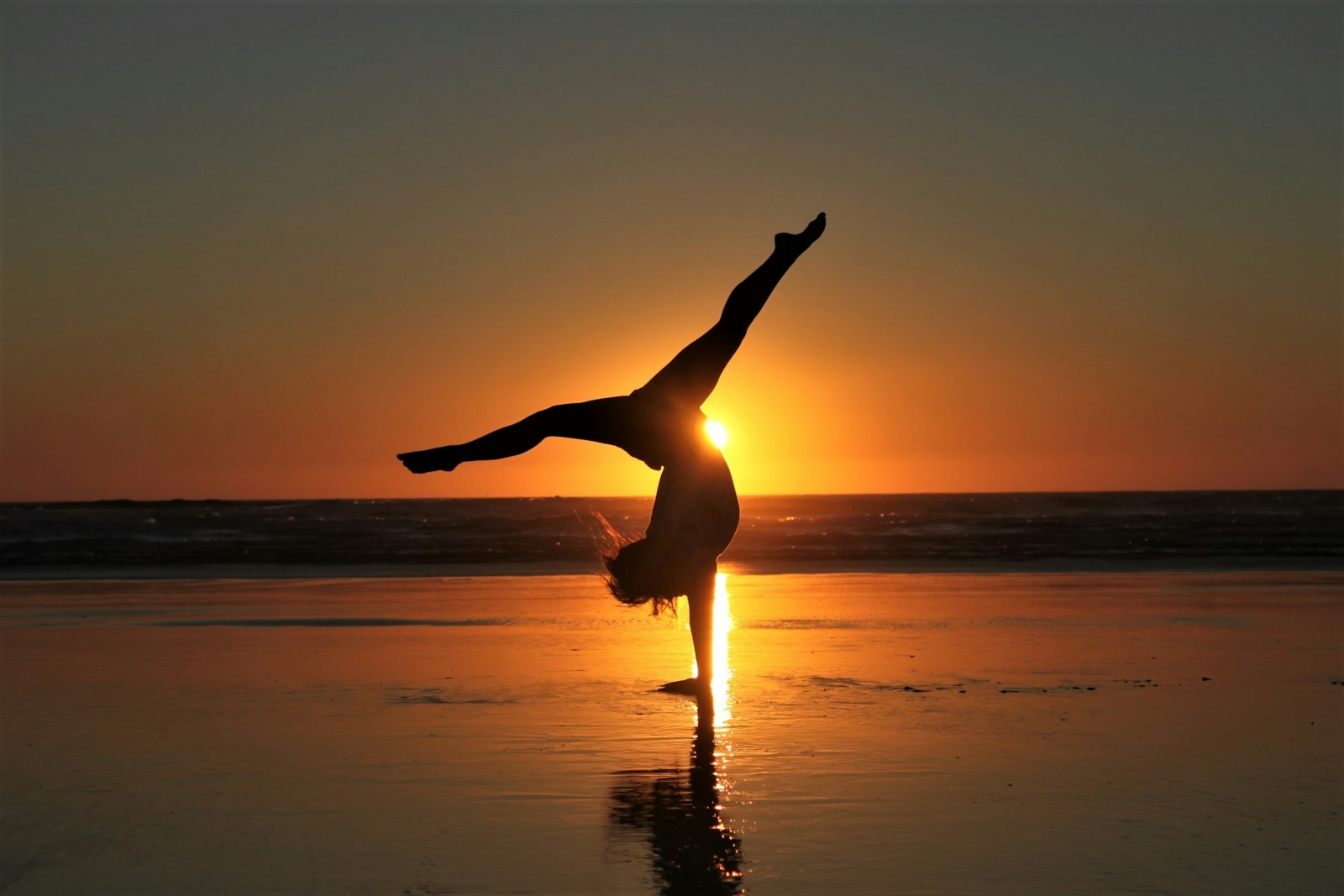
3. **The Unseen Heroes: Stunt Coordinators and Safety Measures**Amidst the exhilarating chaos of choreographing intricate action sequences, there exists a crucial layer of protection, orchestrated by the unsung heroes of the set: the stunt coordinators. These masterminds are the architects of safety, meticulously planning every single movement, every explosion, and every impact, considering even the most minute details to ensure the well-being of the performers. Their role is paramount in transforming potential catastrophe into controlled cinematic spectacle.
Stunt coordinators are responsible for more than just thrilling visuals; they are guardians of safety, designing and implementing rigorous safety measures. This includes extensive rehearsals, often repeating sequences dozens of times to perfect timing and placement, and meticulous planning that accounts for every variable. They assess risks, identify potential hazards, and devise comprehensive strategies to mitigate them, often inventing new techniques or equipment to make a stunt feasible and safe.
From elaborate rigging systems for wirework to strategically placed crash mats and fire-resistant gear for pyrotechnics, every piece of equipment and every procedural step is an integral part of their safety protocol. Their expertise is what allows performers to push boundaries, knowing that a dedicated professional has accounted for every conceivable risk. It is this unwavering commitment to safety that makes successful stunts possible, embodying the true spirit of creative collaboration.

4. **Risking It All: High Falls and Aerial Acrobatics**Among the most visually arresting and physically demanding challenges in real stunt work lies the realm of high falls and aerial acrobatics. These sequences, often involving seemingly weightless leaps from considerable heights, demand not only profound physical prowess and impeccable body control but also an acute, intuitive understanding of physics and gravity. The illusion of danger is meticulously crafted, yet the inherent risks are undeniably real.
Executing a high fall requires precise technique to manage the impact, often landing on specialized airbags or crash mats designed to absorb colossal forces. Performers train extensively to control their body position, ensuring a safe descent and minimizing injury. It’s a delicate balance of control and surrender, a testament to years of practice and an unwavering trust in the safety systems and the coordinator overseeing the sequence.
Similarly, aerial acrobatics, whether involving intricate wirework or elaborate flying sequences, push performers to their physical limits. The performers are suspended, manipulated, and often required to execute complex movements while airborne. The meticulous rigging and expert operation of specialized equipment are critical, demanding flawless coordination between the performer and the crew. These breathtaking displays are a powerful reminder of the human element that brings such awe-inspiring moments to life.
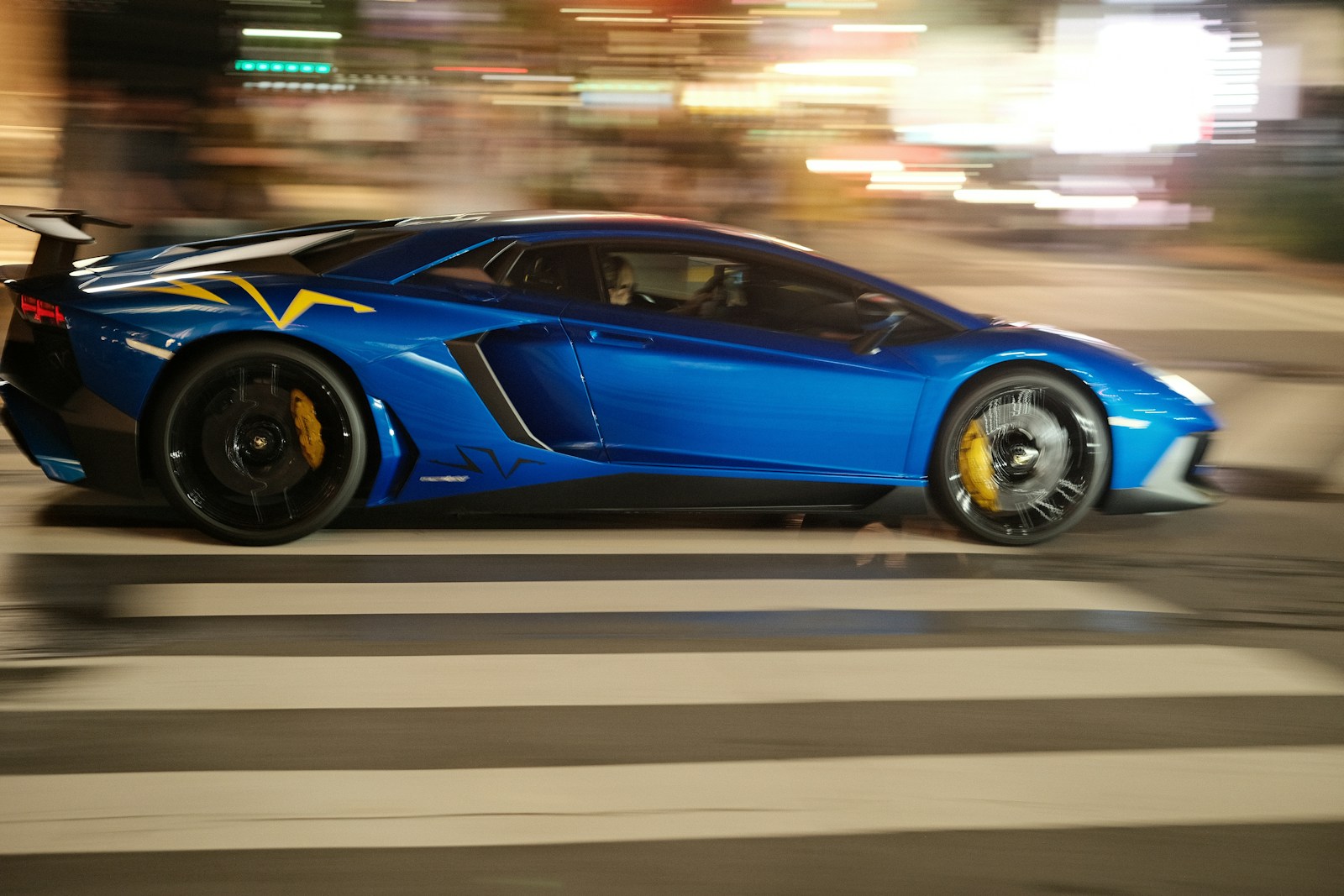
5. **Vehicular Mayhem: The Perils of Car Stunts**Car stunts, an enduring staple of Hollywood thrillers and action blockbusters, come with their own distinct and formidable set of dangers. The electrifying sequences of precision driving, controlled explosions, and perfectly timed collisions are far more than just impressive visuals; they are highly complex operations demanding split-second decisions that can ultimately mean the difference between a stunning, successful scene and a devastating catastrophe. The margin for error in these scenarios is exceptionally razor-thin.
These thrilling vehicular ballets require stunt drivers to possess extraordinary skill, mastering techniques like precision driving, high-speed maneuvers, and vehicle control under extreme conditions. They learn to slide, spin, roll, and crash vehicles in a controlled manner, ensuring maximum visual impact with minimal risk. The choreography of multiple vehicles interacting at high speeds demands an almost telepathic understanding between drivers and the stunt coordinator.
The risks associated with car stunts are profoundly real. The sheer kinetic energy involved in vehicle impacts, even when carefully planned, means that performers are exposed to significant forces. While safety measures such as reinforced vehicles, specialized harnesses, and roll cages are standard, the dynamic nature of these stunts ensures that every take is a genuine high-stakes endeavor. It’s a testament to the skill and bravery of these performers that such spectacular chaos is achieved safely.
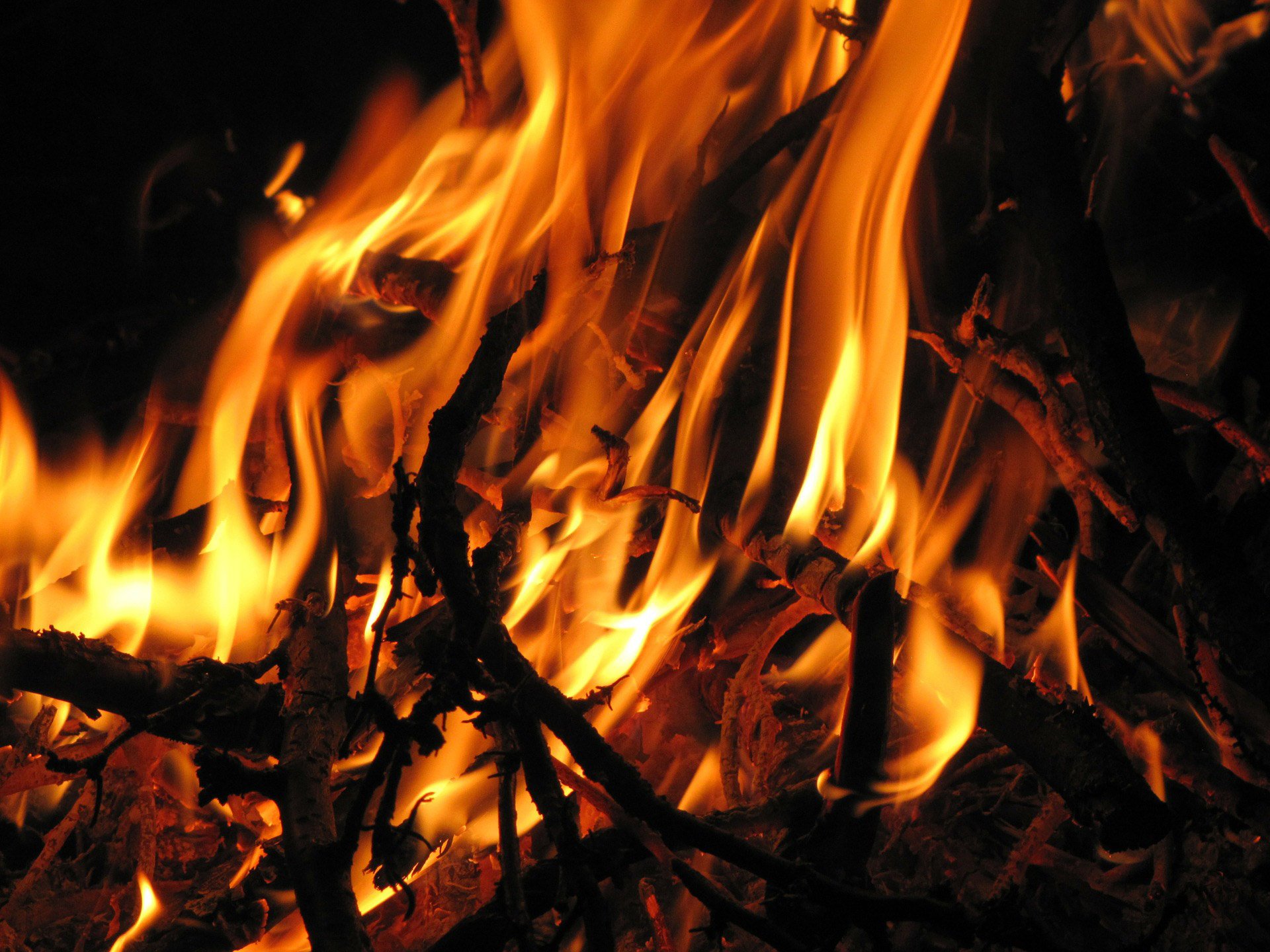
6. **Fire and Explosions: Dancing with Danger**In the electrifying realm of action cinema, fire and explosions are far from mere special effects; they represent real, tangible risks that stunt performers bravely confront. Picture a performer engulfed in flames, navigating an explosive set piece, or escaping a fiery inferno – these aren’t moments generated solely by pixels. These are human beings dancing perilously close to danger, relying on a symphony of impeccable timing, advanced fire-resistant gear, and an unwavering trust in their stunt coordinators.
Orchestrating these perilous ballets with danger demands meticulous planning and execution. Performers undergo specialized training to understand fire behavior, how to move safely within a burning environment, and emergency protocols. Their fire suits are marvels of protective technology, designed to withstand intense heat for short durations, but they offer only a temporary shield against the raw power of the flames. Every second is accounted for, every movement rehearsed to perfection.
Explosions are equally treacherous. While often controlled, the concussive force, flying debris, and secondary hazards like smoke and structural instability require expert coordination. Stunt performers operating within these zones must hit their marks precisely, reacting to simulated blasts with authenticity while prioritizing their safety. This intricate blend of real danger and controlled chaos underscores the intense professionalism and bravery that defines this specialized branch of stunt work.
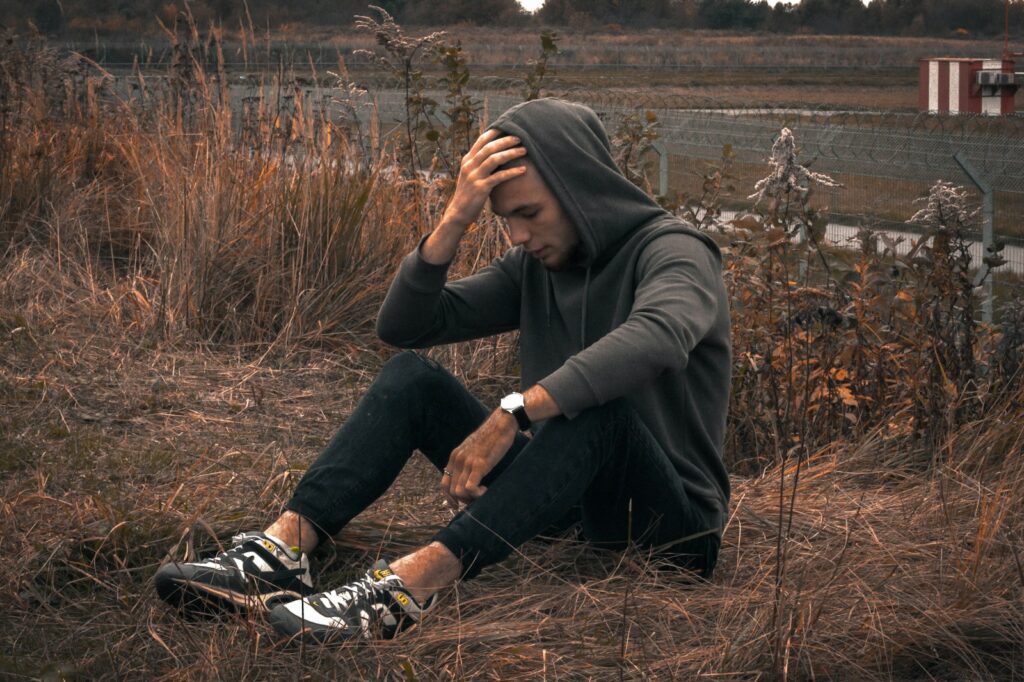
7. **The Mental Toll: Navigating Fear and Pressure**Behind the scenes of every exhilarating action sequence, beneath the layers of protective gear and meticulous planning, lies a nuanced yet profound challenge: the mental toll of real stunt work. Navigating the inherent fear, the immense pressure to perform flawlessly, and the constant pursuit of perfection demands a level of mental resilience that often goes unacknowledged. Performers aren’t immune to fear; they learn to manage and channel it.
The psychological burden is significant. Stunt performers must constantly reconcile the primal thrill of the action with the undeniable, inherent risks. They face the pressure of not just their own safety, but also the safety of their colleagues and the successful execution of the director’s vision. This creates a delicate balance, a tightrope walk between adrenaline and apprehension that only the most seasoned professionals can master with consistent grace.
Moreover, the competitive nature of the industry and the “cowboy culture” that often pervades it exacerbate this mental toll. Many performers feel compelled to tough out injuries, particularly head trauma, out of fear of being blacklisted or losing work. This self-imposed silence, driven by a desire to remain employed, adds another layer of psychological stress, forcing individuals to internalize pain and anxiety, further highlighting the profound mental fortitude required for this demanding profession.
The magic of Hollywood might transport us to impossible realms, but the true wizardry has always been powered by human grit. As we’ve journeyed through the breathtaking world of traditional stunt work, we’ve celebrated the visceral, undeniable reality of human courage and skill. Yet, a new chapter is rapidly unfolding, one that casts a long shadow of uncertainty over these unsung heroes: the disruptive influence of artificial intelligence. This isn’t just a technological tweak; it’s an existential shift, forcing us to ask crucial questions about authenticity, job security, and the very soul of cinematic spectacle.
Read more about: Celine Dion’s Unprecedented Revelation: The True Story Behind 14 Years of Silence and Her Stiff Person Syndrome Battle
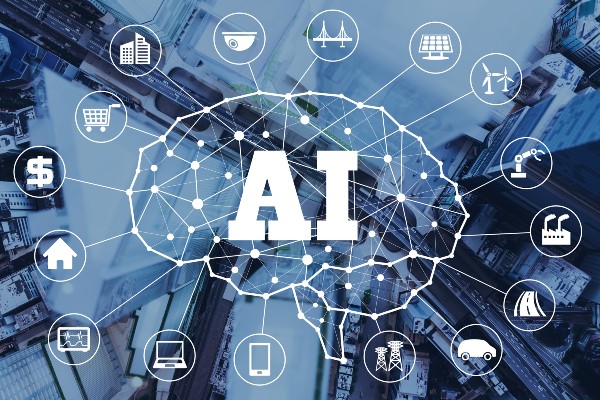
8. **The AI Revolution’s Shadow: Job Displacement Fears in Stunt Work**The specter of job displacement looms large over the entire film industry, and for stunt performers, this concern is acutely felt. As AI and CGI advancements leap forward, the ability to create incredibly realistic digital doubles capable of executing complex stunts is no longer a futuristic fantasy but a present-day reality. Companies like Digital Domain and ILM are pushing boundaries with AI-enhanced motion capture, generating sequences that closely mimic human performance, often without a human ever having to step onto a dangerous set.
This technological marvel, while impressive, strikes at the very heart of a stunt professional’s livelihood. For decades, they have been indispensable for bringing high-octane action to the screen. Now, the fear is that studios will increasingly opt for these digital replicas, deeming human involvement unnecessary for specific, high-risk, or routine scenes. Imagine a spectacular car crash or an impossible leap generated entirely by algorithms and pixels, sidelining the very individuals who have perfected such feats with their bodies and bravery.
The concern isn’t just theoretical; studios are already incorporating high-tech 3D “body scans” of stunt and background performers. This raises serious questions about the future use of these digital likenesses. There’s a palpable worry that these scanned images could be manipulated to generate AI-driven avatars, capable of mimicking any action or dialogue. This would effectively reduce the need for certain stunt performers, transforming their physical presence into a digital asset that can be endlessly replicated and reused, often without their direct involvement or fair compensation.
9. **Beyond the Screen: AI’s Grip on Scriptwriting, Casting, and VFX**To truly grasp the magnitude of AI’s impact on stunt work, we must first understand its pervasive reach across the broader film industry. This isn’t an isolated attack on one specialized craft; it’s a systemic transformation. From the very inception of a story to its final polish, AI algorithms are embedding themselves, promising efficiency and cost-effectiveness, but often at the expense of human creative input and job security.
Consider scriptwriting, where AI algorithms are being developed to analyze existing screenplays and even generate new ones. Tools from companies like ScriptBook and StudioBinder can predict a script’s commercial success, while systems from Automated Insights and Narrative Science create coherent storylines. While these could assist writers by suggesting plot points, the underlying fear is the complete replacement of human screenwriters, homogenizing narratives driven by data rather than raw imagination.
In casting, AI-powered platforms like Casting Networks and Cinelytic match actors with roles based on data-driven insights. This streamlines the process, but actors worry about typecasting and reduced opportunities for emerging talent. Similarly, AI has dramatically enhanced visual effects (VFX), creating lifelike digital characters and environments more cost-effectively through tools like Adobe Sensei and DeepArt. This, too, sparks job displacement concerns among VFX artists and editors, as AI-driven software can quickly suggest edits and enhance footage, threatening jobs that pride themselves on creative input.
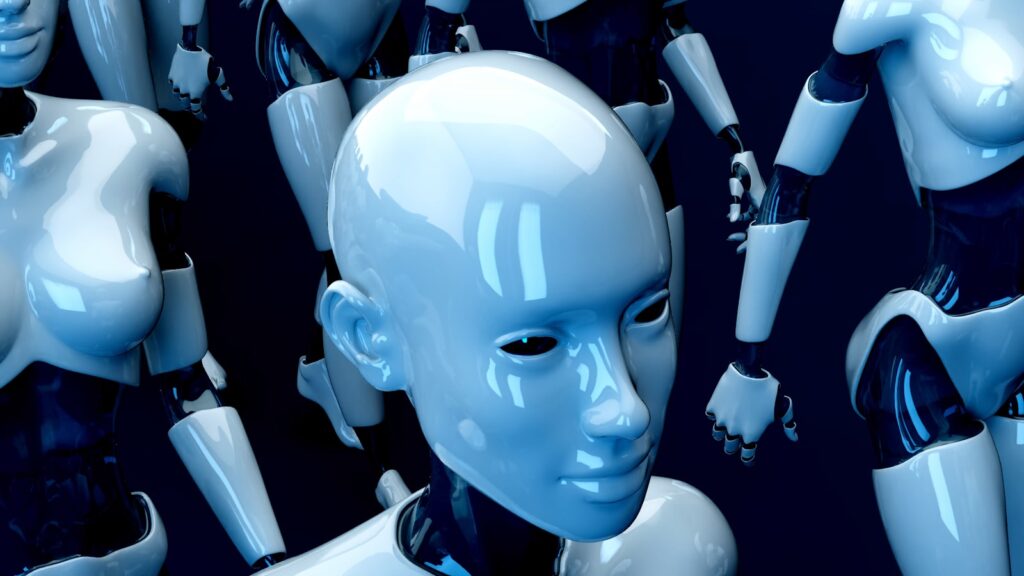
10. **The Uncanny Valley: Authenticity vs. AI-Generated Stunts**One of the most profound debates surrounding AI in stunt work centers on the irreplaceable quality of authenticity. While AI can simulate physics and motion with remarkable precision, a crucial question remains: can it truly replicate the raw physicality, the subtle nuances, and the visceral human vulnerability that a skilled stunt performer brings to a scene? Many in the industry argue that the answer is a resounding ‘no.’
Stunt performers themselves are vocal about this, asserting that AI-generated stunts often lack the genuine feel of real human performances. There’s a certain je ne sais quoi, an intrinsic believability that comes from a human being truly pushing their physical limits, even within a controlled environment. The minor imperfections, the unique way a body reacts to impact, the sheer force of a human expression of effort or pain – these are incredibly challenging for AI to fully replicate without falling into the ‘uncanny valley,’ where something looks almost human but feels fundamentally off.
Audiences, often subconsciously, can distinguish between what is real and what is entirely CGI. There’s a strong, enduring preference for the genuine article, for the tangible reality that grounds a narrative. The emotional depth and visceral impact that human performers infuse into action sequences provide a level of believability that AI, despite its rapid advancements, struggles to fully achieve. This ‘human touch’ is not just about visual fidelity; it’s about emotional resonance, a direct connection to the courage and skill on display.
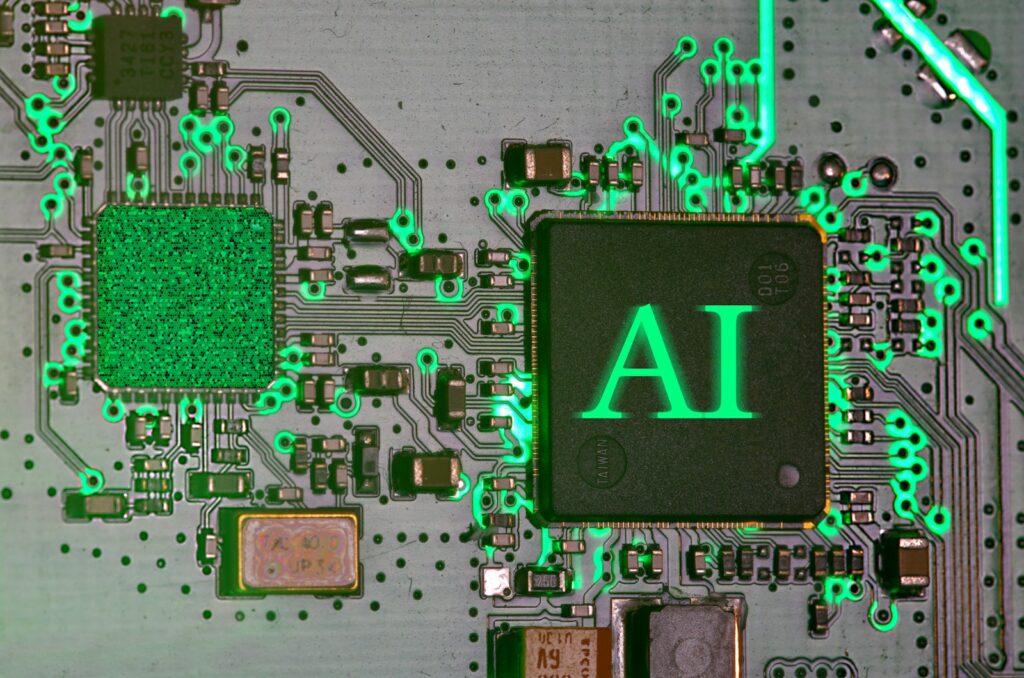
11. **Who Owns Your Likeness? Navigating the Ethical Minefield of Digital Doubles**As AI progresses, the creation of digital replicas of actors and stunt performers has thrust the industry into a complex ethical and legal quagmire. The question ‘Who owns your likeness?’ has become central to heated debates, particularly highlighted during the recent SAG-AFTRA strike. If a performer’s physical form can be scanned, digitized, and then manipulated by AI to perform actions or even speak dialogue, where do their rights begin and end?
The industry’s current lack of clear guidelines on digital likeness, consent, and compensation adds a thick layer of uncertainty and fear among stunt professionals. Imagine having your body scanned once, only for that digital model to be used repeatedly across various projects without your explicit permission or equitable payment for each use. This could effectively turn a performer’s physical identity into a studio’s property, detached from their ongoing work and future earning potential.
This ethical dilemma extends beyond individual rights to the very fabric of fair compensation. If studios can leverage digital doubles to reduce the need for physical performers, what mechanisms are in place to ensure those performers receive fair remuneration for the digital use of their image? The controversy surrounding technologies like DeepFaceLab, which can recreate actors’ performances digitally, underscores these profound concerns. It’s a battle for control over one’s own image and career in an increasingly digitized world.
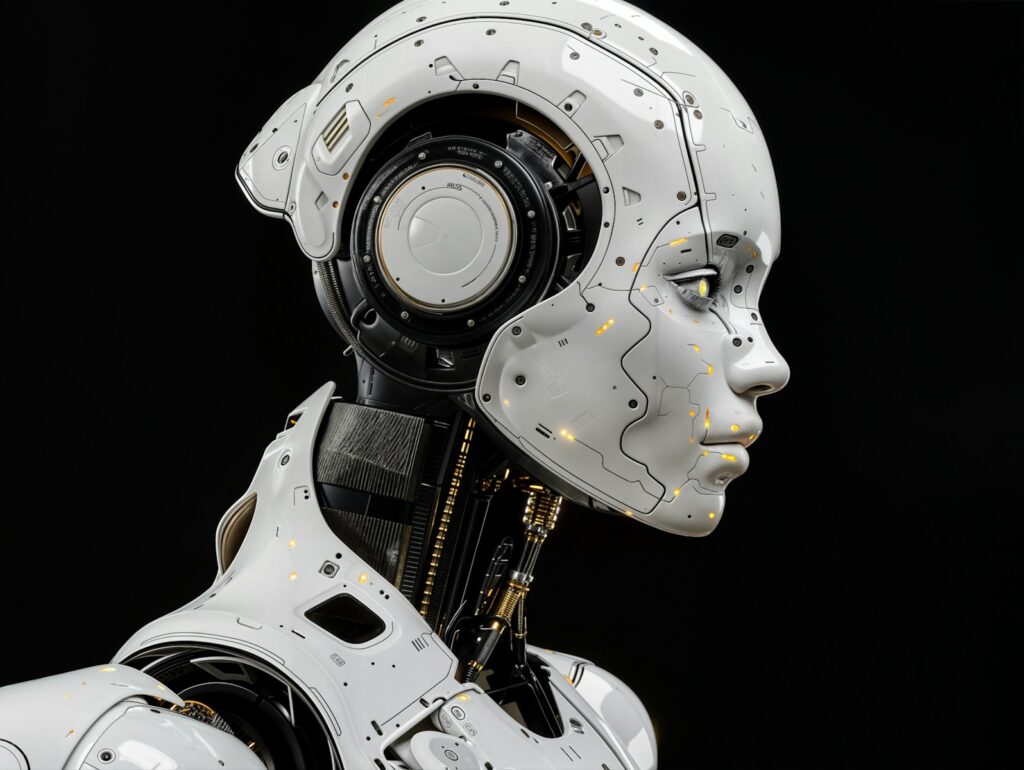
12. **More Than Just Action: AI’s Threat to Creative Control and Diversity**While the immediate fear for stunt performers is job displacement, the integration of AI into filmmaking also poses broader, more insidious threats to the creative integrity and diversity of the industry. Filmmaking is, at its core, an art form that thrives on human emotion, intuition, and the unpredictable spark of inspiration. The question then becomes: can an overreliance on AI stifle this essential human element, leading to a homogenization of content?
Many industry professionals fear that data-driven algorithms, while efficient, could inadvertently lead to a lack of diversity in storytelling. If AI is trained on existing, potentially biased datasets, it could perpetuate those biases, leading to predictable narratives and character archetypes. Predictive analytics tools, like Cinelytic, which assess a script’s commercial viability, could inadvertently push for formulas that have worked in the past, rather than encouraging groundbreaking, original content that truly pushes artistic boundaries.
Moreover, the human touch in creative control is paramount. A director’s vision, a writer’s unique voice, an actor’s nuanced performance – these are all deeply personal expressions. If AI begins to dictate plot points, character development, or even specific performance parameters through performance synthesis tools like Synthesia and Replica Studios, it raises concerns about who truly holds the creative reins. The film industry risks losing its soul, trading the rich tapestry of human artistry for an efficient, yet potentially bland, algorithmic output.
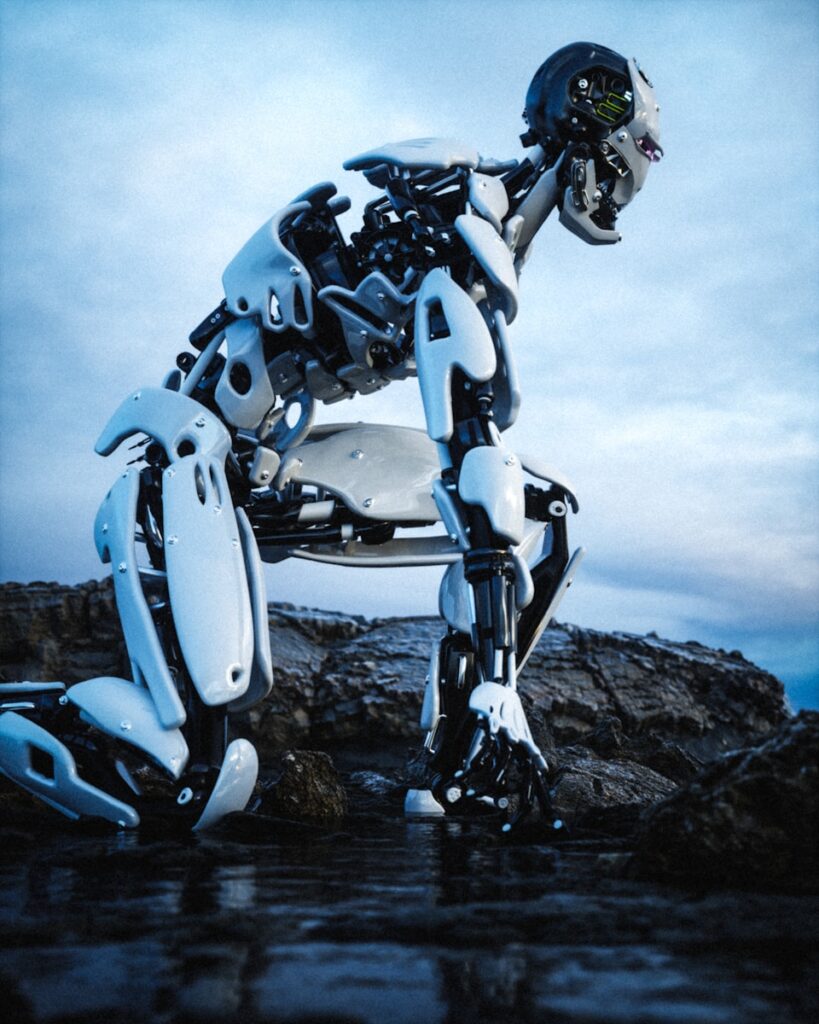
13. **Why Humans Still Reign: The Irreplaceable Value of Real Stunt Performers**Despite the undeniable advancements of AI and its potential to revolutionize filmmaking, it is far from certain that human stunt work will ever truly disappear. There are several powerful, intrinsic factors that ensure the continued relevance and, indeed, the indispensability of human stunt performers. The conversation isn’t about replacement; it’s about evolution, and the core value of human authenticity remains a towering argument.
Firstly, the authenticity and emotional depth that human performers bring to action sequences are incredibly difficult for AI to replicate. Audiences possess a sophisticated, often subconscious, ability to distinguish between a real human performance and a CGI creation. There is a raw, visceral impact when a genuine human being is seen overcoming a formidable physical challenge, even if it’s a meticulously planned and controlled stunt. That level of believability and connection is something AI cannot yet fully achieve.
Secondly, filmmaking is inherently a collaborative art form. Stunt performers are not mere automatons executing pre-programmed movements; they are integral to the creative process. They work hand-in-hand with directors, choreographers, and actors, contributing their expertise to develop and execute stunts that enhance the narrative and emotional resonance of a film. This creative give-and-take, this nuanced collaboration, is an essential human dynamic that technology alone cannot replace.
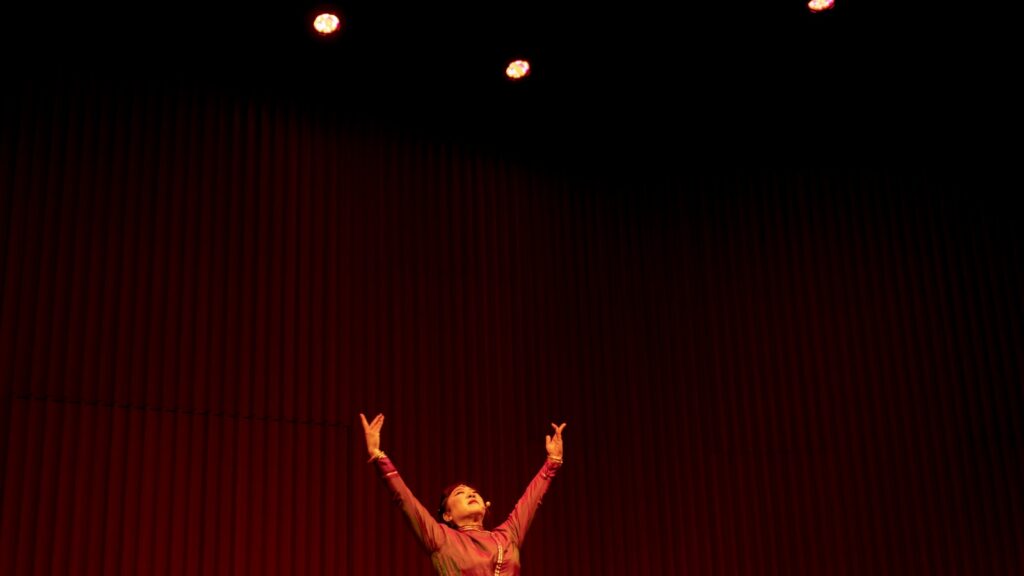
14. **Forging the Future: A Hybrid Approach to Stunt Performance**Acknowledging the inevitable changes brought about by AI, many experts and professionals in the stunt community are advocating for a ‘hybrid approach.’ This forward-thinking strategy doesn’t pit human against machine but envisions a powerful synergy where AI, visual effects, and human performers blend seamlessly. The goal is to execute sequences that might be too hazardous, complex, or even impossible using traditional methods alone, while still preserving the unique talents of human stunt artists.
In this hybrid model, AI isn’t a replacement but a sophisticated tool. For instance, AI can be used for pre-visualization, simulating dangerous scenarios to predict potential risks and refine stunt choreography, thereby leading to safer filming environments. This allows human stunt performers to focus on the most complex and creatively demanding aspects of their craft, knowing that routine or excessively perilous elements have been thoroughly analyzed and perhaps augmented or handled by digital doubles in specific, controlled instances.
This evolving role for stunt performers ensures they remain valuable assets. As AI takes on more routine or high-risk tasks that can be safely simulated, human performers can channel their energy into intricate physical performances, nuanced character portrayals within action sequences, and innovative creative problem-solving. This shift promises a new era where technology and human skill complement each other, paving the way for even more spectacular, yet ethically produced, action sequences that maintain that vital human spark.
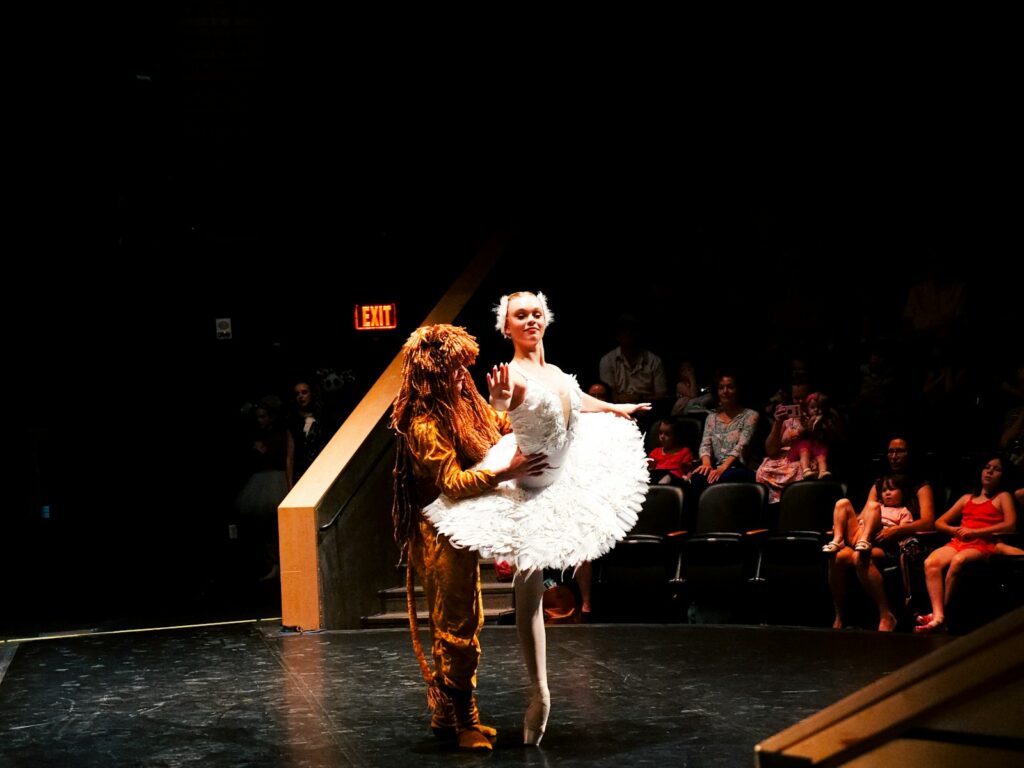
15. **Safeguarding the Craft: Ethical Guidelines and Training for an AI-Augmented Industry**To successfully navigate this transformative era, the film industry must prioritize proactive measures to safeguard human talent and preserve the integrity of the craft. This involves striking a careful balance between embracing technological innovation and upholding the invaluable contributions of human professionals. Without clear frameworks, the benefits of AI risk being overshadowed by anxieties over job security and ethical breaches.
One crucial step is establishing clear ethical guidelines and robust legal frameworks surrounding the use of AI. This includes meticulously protecting performers’ rights to their digital likeness and ensuring fair compensation for any digital use of their work. Industry-wide standards, perhaps developed in collaboration with unions like SAG-AFTRA, are essential to address the complex ethical concerns associated with technologies like DeepArt and Synthesia, ensuring transparency and accountability in every digital replication.
Furthermore, investing in comprehensive training opportunities for stunt performers and other crew members is paramount. This empowers them to adapt to new technologies, integrate AI tools into their workflows, and remain invaluable assets in an AI-augmented work environment. Programs focused on understanding tools like DaVinci Resolve or Magisto for editors, or new motion capture techniques for stunt performers, can bridge the knowledge gap. Ultimately, fostering collaboration over replacement, establishing strong ethical boundaries, and investing in human skill will define a future where AI enhances, rather than diminishes, the artistry of filmmaking.
The journey through the adrenaline-fueled world of stunt work reveals a profound truth: behind every breathtaking leap and every explosive spectacle lies the unwavering courage, meticulous skill, and often, the absolute fear of a human being. These aren’t just performances; they are visceral demonstrations of human capability, forged in rigorous training and executed with unparalleled precision. Now, as artificial intelligence reshapes the very landscape of Hollywood, we stand at a crossroads. While AI promises efficiency and astonishing visual feats, it also ignites crucial debates about authenticity, job security, and the preservation of the human touch that has always been the heartbeat of our favorite action sequences. The future of filmmaking, especially for its daredevil heroes, will undoubtedly be a dynamic interplay between cutting-edge technology and irreplaceable human artistry. By embracing ethical innovation, fostering genuine collaboration, and prioritizing the well-being and creative control of our stunt performers, we can ensure that the magic on screen continues to be infused with the spirit and soul of true human endeavor.

